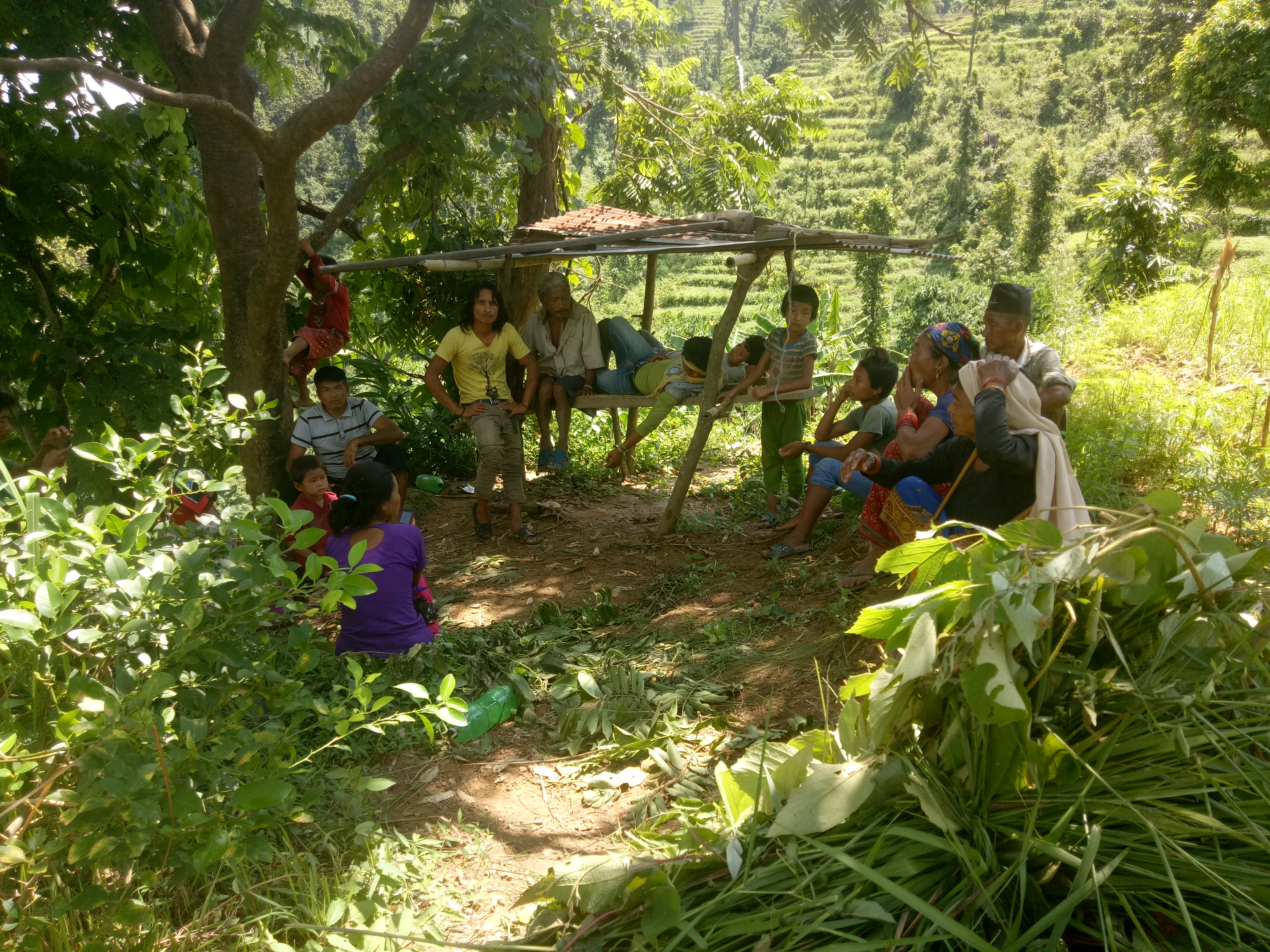There is a five-tiered process to becoming a WHS.
1. An initial online application that ensures there are no fundamental prohibitive issues.
2. A candidacy review of the initial application is carried out by impartial representatives.
3. Technical advice to discuss and advise on areas for improvement and on how to submit an application with the greatest chance of success.
4. Final application including supporting evidence, a justification for the geographical delineation of the site and a detailed explanation of how the site achieves each of the criteria.
5. If successful, Whale Heritage Site (WHS) designation. It must then prepare and submit annual reports explaining how criteria are met.
By going through the accreditation process, The Bluff had to show that they could ensure responsible, sustainable practices and livelihoods would be continually improved thus ensuring the health and welfare of whales, dolphins and porpoises and their ocean habitats.
They were assessed against conditions including supportive legislation, culture, as well as environmental, social and economic sustainability.
They had to provide supporting evidence including statistics relevant to livelihoods, cultural activities, tourists visiting the area, whale-watch tour operators, protected areas, etc.
The Bluff was also obliged to show that community-based research, education, and awareness activities were being conducted.
Having a clear goal with a clear path towards it, is essential. For a program such as the Whale Heritage site accreditation, there are high standards that must be achieved but there must be a supportive process to help a community navigate their way through it and ultimately achieve that status.
